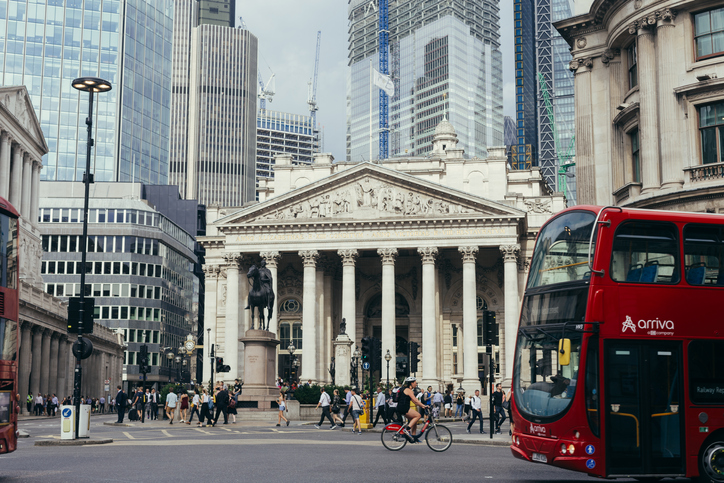Concerns about the banking system have abated, following the collapse of Silicon Valley Bank (SVB) and Signature Bank in the US and the takeover by UBS of its troubled Swiss rival, Credit Suisse. Confidence in the banking sector has undoubtedly been shaken, but Credit Suisse ran into difficulties for very different reasons to the two small US banks, and central banks have been keen to stress the improved resilience of the sector following the events of the Global Financial Crisis in 2007-2008.

The Bank of England (BoE) raised its key base rate by one quarter of a percentage point to 4.25% at the Monetary Policy Committee’s (MPC’s) March meeting, marking the eleventh consecutive increase in UK rates. Having fallen to 10.1% in January, the UK’s annualised rate of Consumer Price Inflation (CPI) unexpectedly jumped in February to 10.4% – far above the BoE’s target inflation rate of 2%. Nevertheless, the BoE expects inflationary pressures to ease over the rest of the year to 4%, although this remains somewhat higher than the Office for Budget Responsibility’s forecast of 2.9%.
The benchmark FTSE100 Index breached 8,000 points during February to reach a new all-time high. Investor sentiment was lifted by news of strong employment data from the US, which drove up the US dollar, in turn pushing up the value of UK blue chip companies that have a high proportion of dollar-denominated earnings. The FTSE100 Index rose by 1.3% over February as a whole, while the FTSE 250 Index climbed by 0.3%.
After a positive start to the year, US shares generally fell during February. Sentiment towards larger companies in particular was undermined by question marks over the economy and expectations of further monetary tightening. The Dow Jones Industrial Average Index fell by 4.2% over the month, having gained 2.8% in January.
US rates rose by another 25 basis points at the Federal Open Market Committee’s (FOMC’s) March meeting, as policymakers continued to take action to curb inflationary pressures. This was the Federal Reserve’s (Fed’s) ninth consecutive rate increase, which took the key federal funds rate to a range of 4.75% to 5%. Looking ahead, there are signs that US interest rates could be approaching their peak, with Fed forecasts suggesting that the federal funds rate will end the year at 5.1%.
The annualised rate of CPI in the US eased from 6.4% to 6.0% in February, and inflation is forecast to fall to 3.3% by the end of the year.
Policymakers for the European Central Bank (ECB) raised its key interest rate by 50 basis points to 3.0% during March. Inflation in the eurozone eased slightly from 8.6% in January to 8.5% in February. The EU as a whole narrowly avoided recession at the end of 2022, partly due to strong growth from the Irish economy, which was estimated at a healthy 12.2%. Irish exports of both goods and services continued to expand robustly and private consumption grew, despite downbeat consumer sentiment.
After almost three years, China’s zero-Covid policy was unexpectedly dismantled towards the end of 2022, with domestic restrictions relaxed in November and international quarantine rules removed in January. This gave a boost to markets, in anticipation of a country of 1.4 billion people returning to pre-Covid levels of spending. The Chinese economy grew by 3.0% during 2022, although this was one of its slowest rates of growth in almost half a century.
Closer to home, official figures from the Northern Ireland Statistics and Research Agency (NISRA) in January showed that Northern Ireland entered a technical recession last year, with the economy contracting on a quarterly basis, by 0.3% in both the second and third quarter. NI economic output was still 4.1% higher than its pre-pandemic level, in the autumn of 2019.
We are always available to discuss any queries or concerns, so just call or drop us an e-mail.
This article is for information only and should not be construed as advice or a recommendation. You should always seek independent financial advice prior to taking any action.
The value of your investment can go down as well as up and you may not get back as much as you originally invested.

